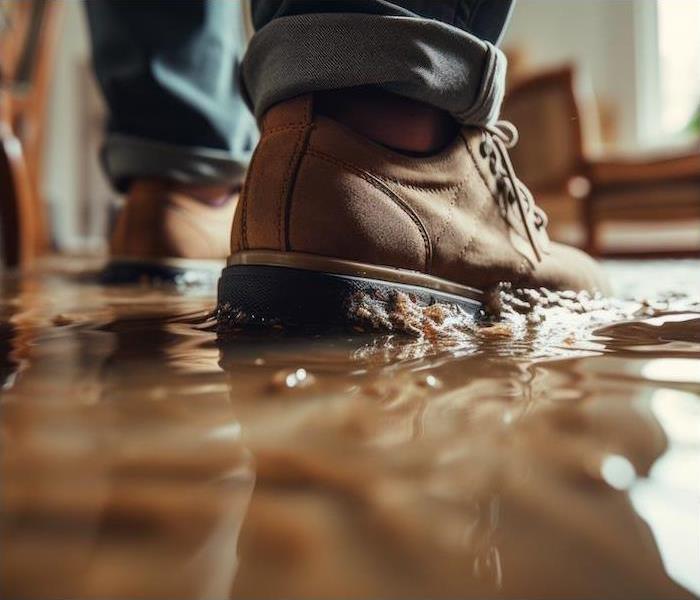Keeping Flood Prevention Basic | SERVPRO of Houston County
4/1/2024 (Permalink)
 SERVPRO of Houston is ready to help in a moments notice after spring showers leak in to your home or business.
SERVPRO of Houston is ready to help in a moments notice after spring showers leak in to your home or business.
When you want to do something well, you need to start with the basics. If you have kids who bring home homework, this is a fact that you know well. Helping with math homework will always go better when you start with the basics.
Starting with the basics is also a good way to prepare and protect your home from potential disasters. We may not be able to control Mother Nature, but when we prepare for her wrath, we can come through anything she sends our way with far less damage.
Floods are one of the top ways that homes are damaged all across the nation and throughout the year—which makes preparing for them crucial.
Flooding happens in a great variety of ways, and not all of them come directly from nature. Manmade disasters, such as appliance failures, can certainly be incredibly detrimental to your home, but they are often easier to control than a natural disaster. While our community is fairly inland, it isn’t uncommon to see heavy rains and tropical storms that can cause flash flooding, roof leaks, and ponding water.
With so many risks being common to our area, getting to know where your home lies on a flood plain can be a helpful way to better understand how to stay protected.
Along with understanding your flood zone, take the time to get to know your yard well. If you have an area of your yard that stays wet even with a small amount of rain, it could be helpful to add organic materials or a rain garden to pull water down into the soil and prevent puddles. Lengthening your drainage spouts could be another helpful way to prevent water from getting in your home.
If your home or community has a lot of trees, covering your gutters is a good way to prevent blockages year-round. Checking your roof on a regular basis will also help ensure water never gets trapped and leaks through your home. Check it twice a year and after heavy winds for damage.
The more you can understand the area around you, the better you can protect yourself—but there are a few more actions you can take to keep your home safe from flooding. Simple home maintenance inside and out will go a long way in preventing water damage.
Start in your yard by ensuring you have a gentle slope away from your house. Be sure to fill in any spots that wash out over time so that puddles can’t form near the foundation. Taking your gutter downspouts underground can not only protect them when a hurricane pushes inward, but it will also ensure water doesn’t have the opportunity to get into your home.
Inside, work from your basement up and ensure everything is well-sealed. If you have a basement, check regularly for signs of gaps or cracks and have it professionally sealed when they become visible. If you don’t have one already, add a sump pump to keep things dry. Replace caulking around your windows and doors throughout your home seasonally as it begins to age.
Preventing and preparing your home for flooding can be simple when you take things back to the basics. Put these items on your to-do list to give the home you love the best care possible. It will keep you safe, and it is much easier than teaching your children division.
Do you have water damage in your home? Contact us at SERVPRO® for fast recovery.



 24/7 Emergency Service
24/7 Emergency Service